Apple Watch Ultra 3 review: the biggest and best smartwatch for an iPhone
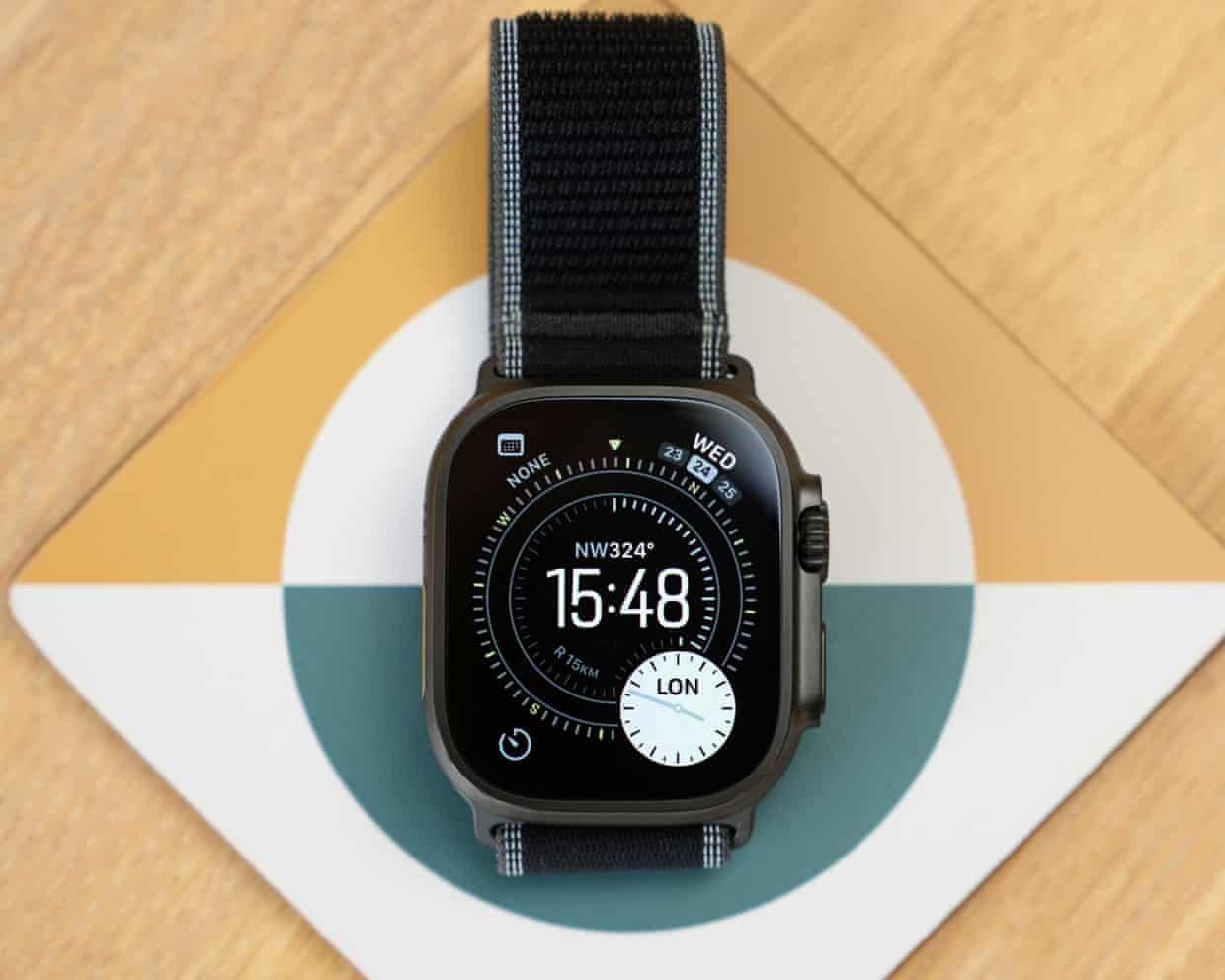
The biggest, baddest and boldest Apple Watch is back for its third generation, adding a bigger screen, longer battery life and satellite messaging for when lost in the wilderness,The Guardian’s journalism is independent,We will earn a commission if you buy something through an affiliate link,Learn more,The Ultra 3 is Apple’s answer to adventure watches such as Garmin’s Fenix 8 Pro while being a full smartwatch for the iPhone with all the trimmings.
As such, it is not cheap, costing from £749 (€899/$799/A$1,399) – £50 less than 2023’s model – sitting above the £369-plus Series 11 and £219 Watch SE 3,From the outside it doesn’t look like a lot has changed for the Ultra 3 over its two-year-old predecessor,Available in natural or black titanium, it is exactly the same size but squeezes in a slightly bigger screen with smaller bezels making it the largest on an Apple Watch,The display is much brighter when viewed at an angle, which makes seeing it at a glance a lot easier, and now shows ticking seconds when idle like the Series 10 and 11,It is very bright, covered by super-hard sapphire glass and has one of the very best screens on a watch.
The Ultra 3 has the same S10 chip as the Series 11 and the same excellent touch-free gestures,Double tap your thumb and index finger to press buttons or scroll, or flick your wrist quickly away from you and back to dismiss alarms, notifications or return to the watch face,Apple has managed to fit a 6% larger battery into the Ultra 3, which lasts a good three-plus days between charges with general usage and sleep tracking over night,Most people will need to put it on the charger every third night, which is a good day longer than any other Apple Watch, although some way behind the week-long battery of adventure watch rivals from Garmin and others,The watch fully charges in about two hours, hitting 50% in 30 minutes via the included USB-C magnetic charging puck.
The watch supports 5G, if you have a compatible phone plan, and has noticeably stronger cellular reception in weaker signal areas for 4G.Apple has also brought its free satellite SOS messaging from the iPhone to the Ultra 3, which allows you to contact the emergency services via text using satellites when out of cellular signal range.Satellites can also be used for Find My location tracking and messages to friends and loved ones, although the latter is only available in the US, Canada and Mexico, and both need a compatible cellular data plan.The Ultra 3 runs the same recent watchOS 26 software as the Series 11 and other Apple Watches, which introduced a revamped design and some new watch faces.In addition, the Ultra 3 has an attractive new Waypoint watch face, which has a live compass that shows points of interest around you.
It joins a few other information-dense Ultra-exclusive faces, including the Wayfinder and Modular Ultra.Case size: 49 x 44mmCase thickness: 12mmWeight: 61.8gProcessor: S10Storage: 64GBOperating system: watchOS 26Water resistance: 100 metres (10ATM)Sensors: HR, ECG, spO2, temp, depth, dual-band GPS, compass, altimeterConnectivity: Bluetooth 5.3, wifi n, NFC, UWB, satellite, optional 5G/eSIMThe Ultra supports the same comprehensive health and fitness-tracking capabilities as the standard Apple Watch.That includes a wealth of heart health monitoring, such as ECG, abnormal rhythm notifications, blood oxygen tracking, and new hypertension alerts that analyse 30-days of readings for signs of high blood pressure.
It has Apple’s new sleep score metric, which makes it easier to understand your tracked sleep, plus wrist temperature monitoring, cycle tracking with ovulation estimation and many other tools.The Ultra builds on the workout tracking of the standard Apple Watch in a couple of ways.The extra action button in the side can be used to quickly start a workout, but unlike Apple’s other watches you can wait until you have a GPS lock before starting the exercise by pressing it again.The best bit is a dual-band GPS system that boosts tracking accuracy in tricky environments, such as dense urban areas with tall buildings or in woods.It’s a feature found on the top running watches and has been improved since the initial Ultra to become one of the most accurate on the market, matching or beating the very best in urban GPS stress tests.
It also tracks a good number of metrics including the usual distance, pace and cadence, plus running power and dynamics, training load and heart rate zones.It can be loaded with structured workouts such as intervals, and it has a very good track detection mode for doing laps.The Ultra has similarly good cycling, swimming and triathlon profiles, plus diving to 40-metre depths and at least 22 other activities.Combined with the large and bright screen, and the decent 11 to 14-hour battery life when tracking running at its highest accuracy levels, the Ultra 3 makes for a surprisingly good sports watch.The Ultra also supports Apple’s new Workout Buddy AI coach, which works with walks, runs, hikes, cycling and various other training workouts, giving you pep-talks before, during and after activities via Bluetooth headphones.
But it requires you to carry an iPhone 15 Pro or later for it to work, which is a drag.Apple says the battery should last more than 1,000 full charge cycles with at least 80% of its original capacity and can be replaced for £95.Damage repairs cost £489.The watch contains more than 40% recycled material, including cobalt, copper, gold, lithium, rare earth elements, steel, titanium and tungsten.Apple offers trade-in and free recycling for devices, and breaks down the watch’s environmental impact in its report.
The Apple Watch Ultra 3 comes in a choice of two colours and multiple bands costing from £749 (€899/$799/A$1,399).The Ultra 3 is the biggest, baddest and best Apple Watch the company makes but it isn’t a massive leap over previous models.Other than satellite SOS messaging, which could genuinely save your life in an emergency, the rest of the watch is simply a refinement of the Ultra 2.But the added battery life is very welcome, so is a bigger and fancier screen in the same size watch.New software features are great and the wrist-flick gesture for dismissing things is the best thing added to any Apple Watch in recent memory.
The Ultra is still a rarer sight than other models, so if you wanted a less ubiquitous Apple Watch this is it.While those looking for a dedicated top-priced sports watch might overlook it in favour of a Garmin or similar, the Ultra 3 has all the ingredients to be a first-rate training companion – as long as you can charge it more frequently – while still being the best smartwatch you can get with an iPhone.The Ultra 3 is the best Apple Watch.Just don’t expect it to be a massive upgrade over older Ultra models.Pros: fantastic screen, rugged yet sophisticated design, double-tap and wrist-flick gestures, three-day battery life, 5G and satellite SOS/messaging, top health tracking, great activity tracking with dual-band GPS, extra action button, 100-metre water resistance and 40-metre dive-ready, long software support.
Cons: very expensive, only works with an iPhone, no third-party watch faces, no big upgrade on previous Ultra models, shorter battery life than adventure watch rivals.

‘People thought I was a communist doing this as a non-profit’: is Wikipedia’s Jimmy Wales the last decent tech baron?
In an online landscape characterised by doom and division, the people’s encyclopedia stands out – a huge collective endeavour giving everyone free access to the sum of human knowledge. But with Elon Musk branding it ‘Wokipedia’ and AI looming large, can it survive?Wikipedia will be 25 years old in January. Jimmy Wales’s daughter will be 25 and three weeks. It’s not a coincidence: on Boxing Day 2000 Wales’s then wife, Christine, gave birth to a baby girl, but it quickly became clear that something wasn’t right. She had breathed in contaminated amniotic fluid, resulting in a life-threatening condition called meconium aspiration syndrome
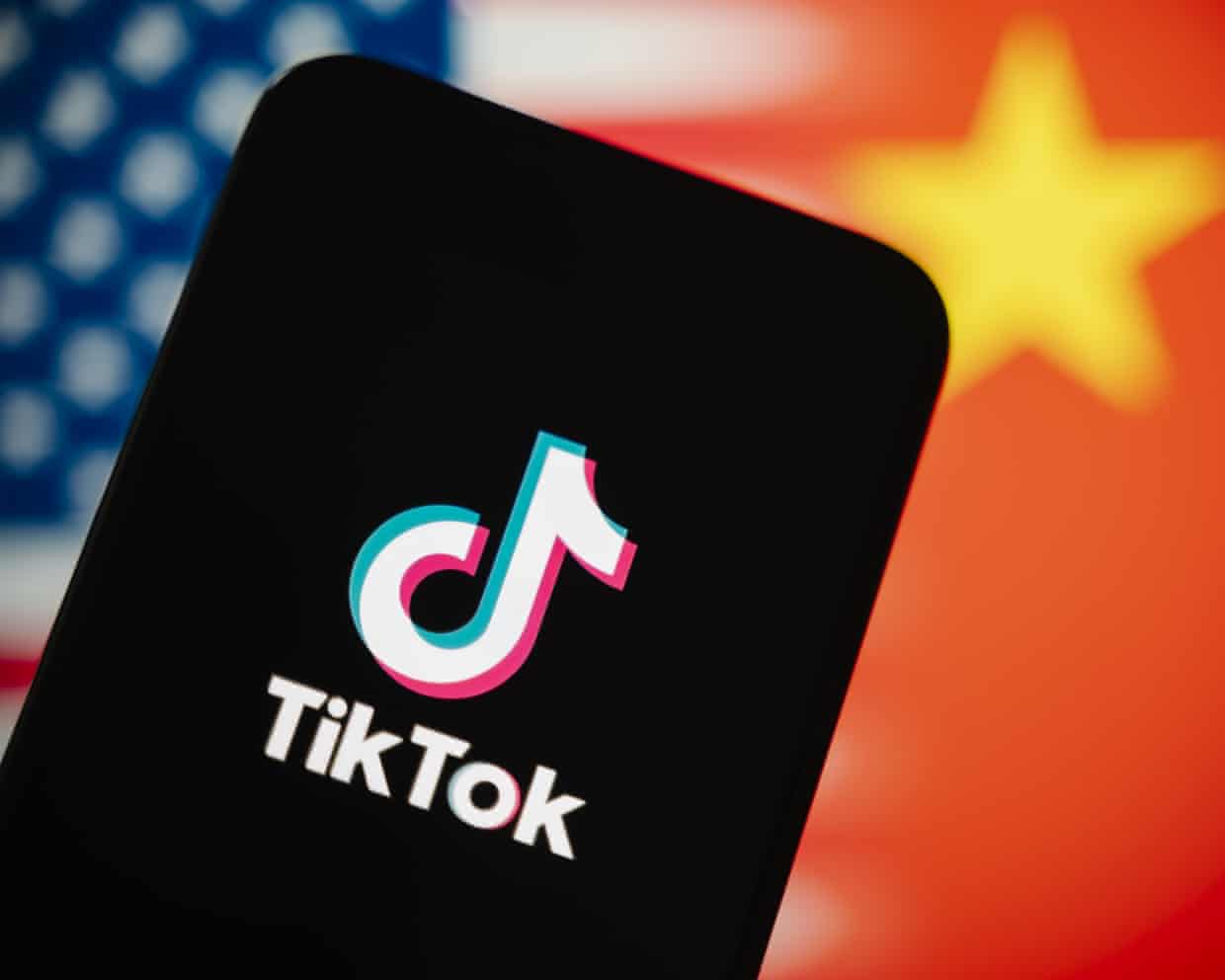
US and China reach ‘final deal’ on TikTok sale, treasury secretary says
The US treasury secretary, Scott Bessent, claimed on Sunday that the US and China have finalized the details of a deal transferring TikTok’s US version to new owners.“We reached a final deal on TikTok,” Bessent said on Sunday on CBS’s Face the Nation with Margaret Brennan. Alluding to Donald Trump and his Chinese counterpart, Xi Jinping, Bessent continued: “We reached [a deal] in Madrid, and I believe that as of today, all the details are ironed out, and that will be for the two leaders to consummate that transaction” during a meeting scheduled for Thursday in Korea.Bessent did not disclose any details of the deal. But he did say it was a part of a broader framework – agreed to by both the US and China – of a potential trade deal to be discussed when Trump and Xi meet in the coming days
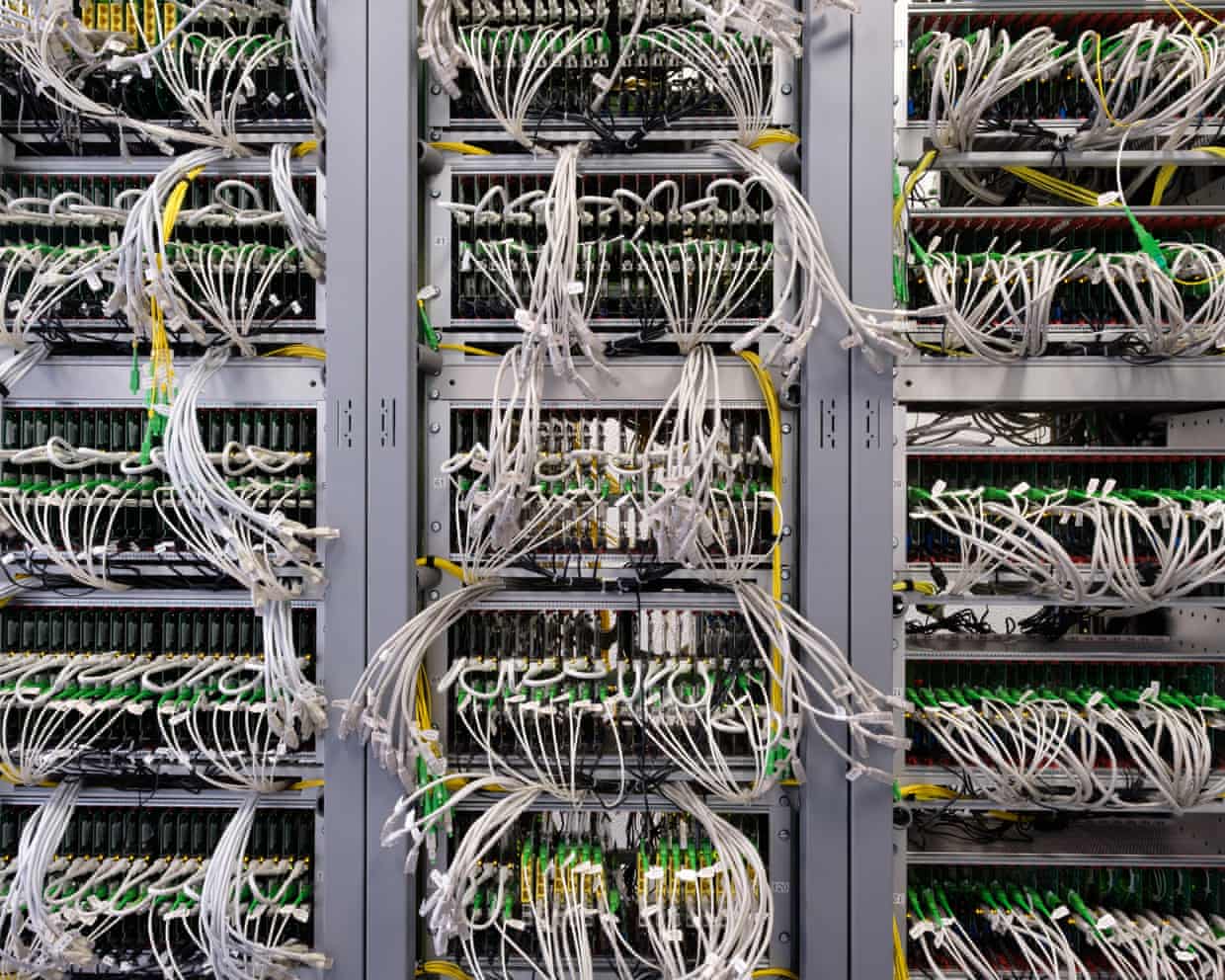
Could the internet go offline? Inside the fragile system holding the modern world together
It is the morning after the internet went offline and, as much as you would like to think you would be delighted, you are likely to be wondering what to do.You could buy groceries with a chequebook, if you have one. Call into work with the landline – if yours is still connected. After that, you could drive to the shop, as long as you still know how to navigate without 5G.A glitch at a datacentre in the US state of Virginia this week reminded us that the unlikely is not impossible

Fare game: what the battle between taxis and Uber means for your airport trip in Sydney and Melbourne
By the time you’ve exited the plane, edged through passport control and endured the baggage claim wait, your only thought may be of home or a hotel bed. But passengers at Australia’s major airports have recently noticed some changes as they contemplate the final leg of their journey.Since Friday, in a bid to deter illegal touts, a new taxi booking trial at Melbourne airport has allowed some passengers to pay a fixed fare upfront. And next month, Sydney airport will begin its own one-year trial of a $60 flat fare for the 13km journey to the CBD.The changes, supported by the taxi industry, are a sign of its struggle to remain competitive with the rideshare companies – especially Uber
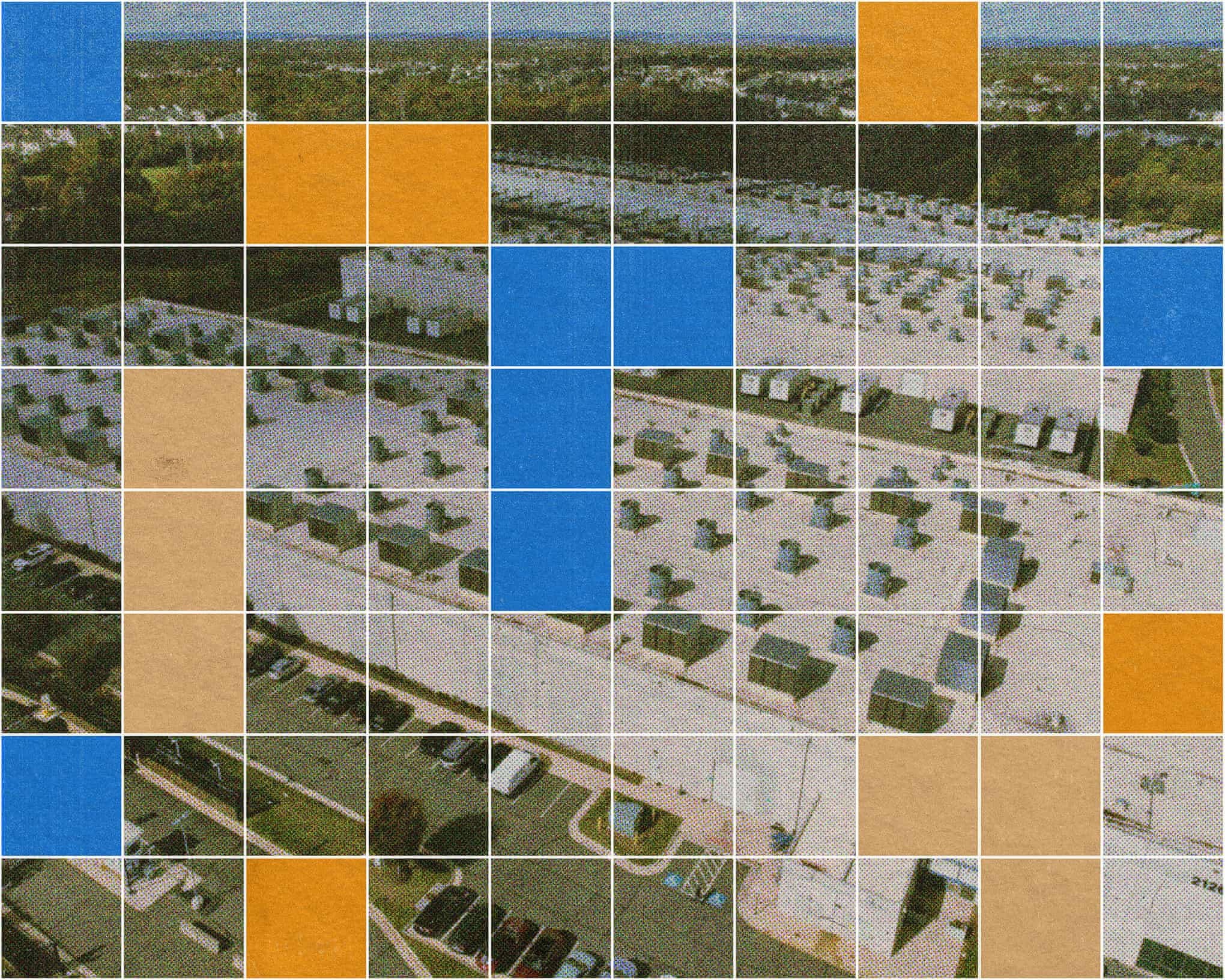
Amazon strategised about keeping its datacentres’ full water use secret, leaked document shows
Executives at world’s biggest datacentre owner grappled with disclosing information about water used to help power facilitiesAmazon strategised about keeping the public in the dark over the true extent of its datacentres’ water use, a leaked internal document reveals.The biggest owner of datacentres in the world, Amazon dwarfs competitors Microsoft and Google and is planning a huge increase in capacity as part of a push into artificial intelligence. The Seattle firm operates hundreds of active facilities, with many more in development despite concerns over how much water is being used to cool their vast arrays of circuitry.Amazon defends its approach and has taken steps to manage how efficient its water use is, but it has faced criticism over transparency. Microsoft and Google regularly publish figures for their water consumption, but Amazon has never publicly disclosed how much water its server farms consume
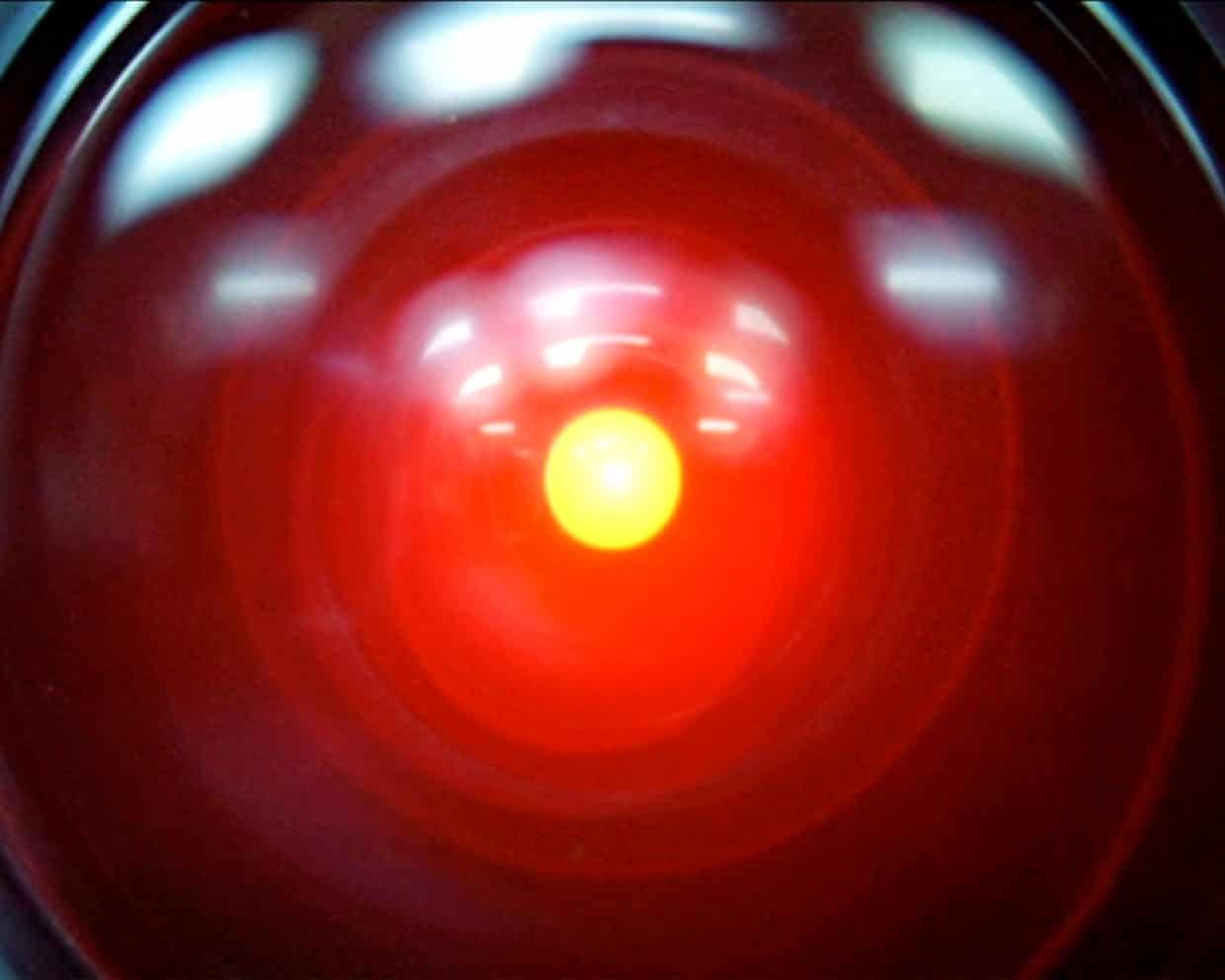
AI models may be developing their own ‘survival drive’, researchers say
When HAL 9000, the artificial intelligence supercomputer in Stanley Kubrick’s 2001: A Space Odyssey, works out that the astronauts onboard a mission to Jupiter are planning to shut it down, it plots to kill them in an attempt to survive.Now, in a somewhat less deadly case (so far) of life imitating art, an AI safety research company has said that AI models may be developing their own “survival drive”.After Palisade Research released a paper last month which found that certain advanced AI models appear resistant to being turned off, at times even sabotaging shutdown mechanisms, it wrote an update attempting to clarify why this is – and answer critics who argued that its initial work was flawed.In an update this week, Palisade, which is part of a niche ecosystem of companies trying to evaluate the possibility of AI developing dangerous capabilities, described scenarios it ran in which leading AI models – including Google’s Gemini 2.5, xAI’s Grok 4, and OpenAI’s GPT-o3 and GPT-5 – were given a task, but afterwards given explicit instructions to shut themselves down
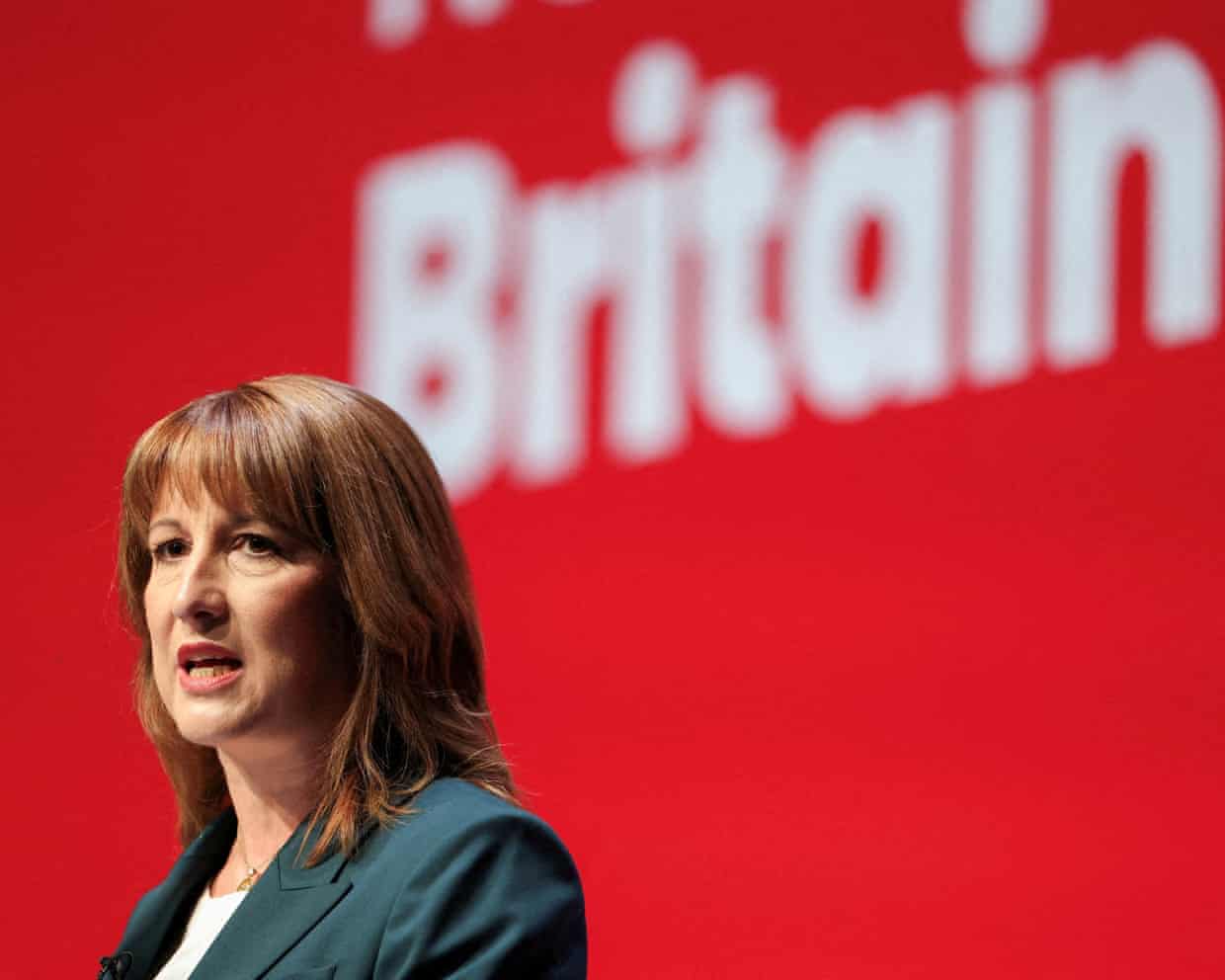
How can Rachel Reeves reduce inflation?

A costly lesson for Labour in Caerphilly | Letters

Reform UK expels two Kent councillors accused of ‘undermining’ its interests

Reeves to lead trade mission to Saudi Arabia amid human rights concerns

Labour must counter ‘growing sense of despair’, Streeting warns after Welsh defeat
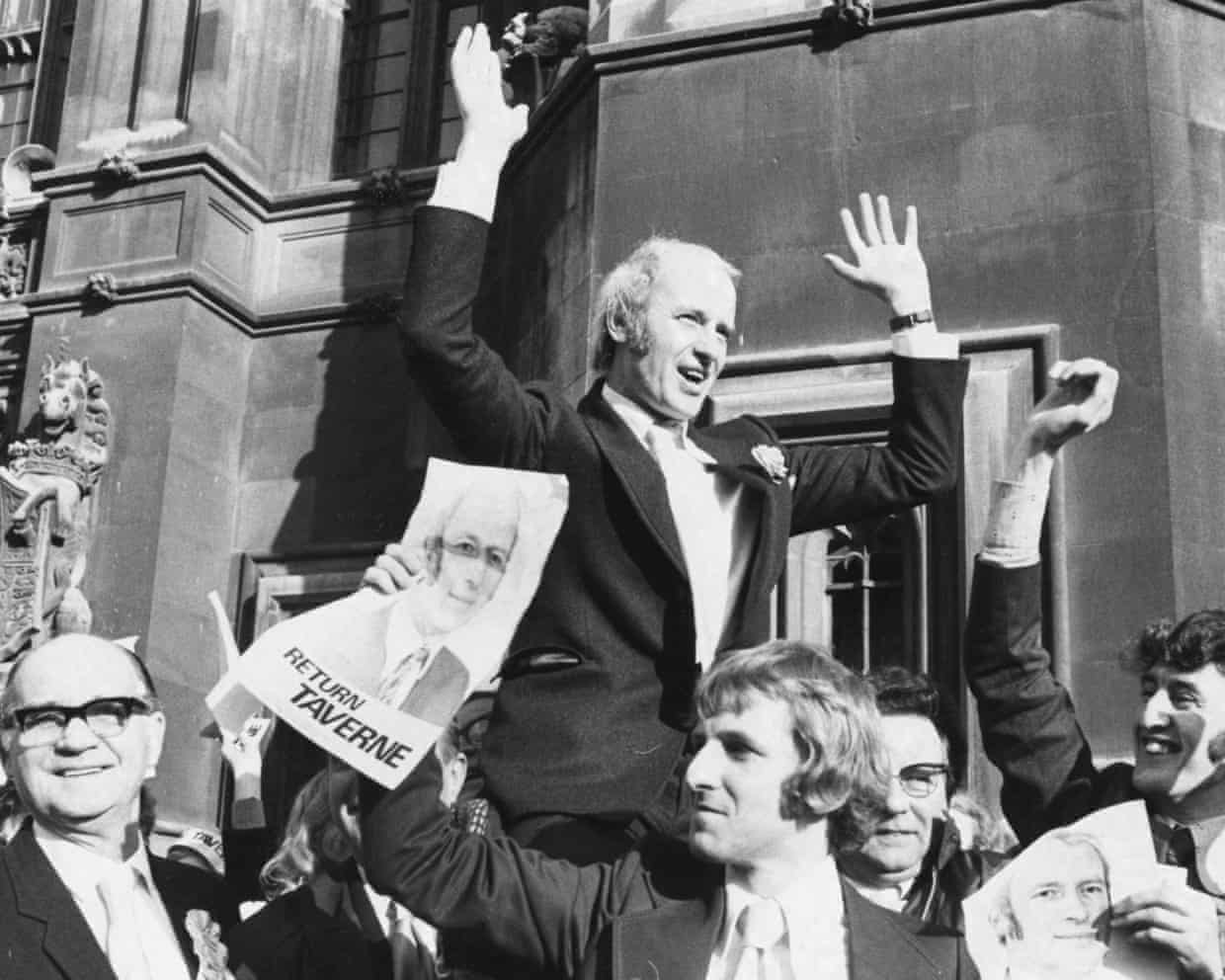
Lord Taverne obituary